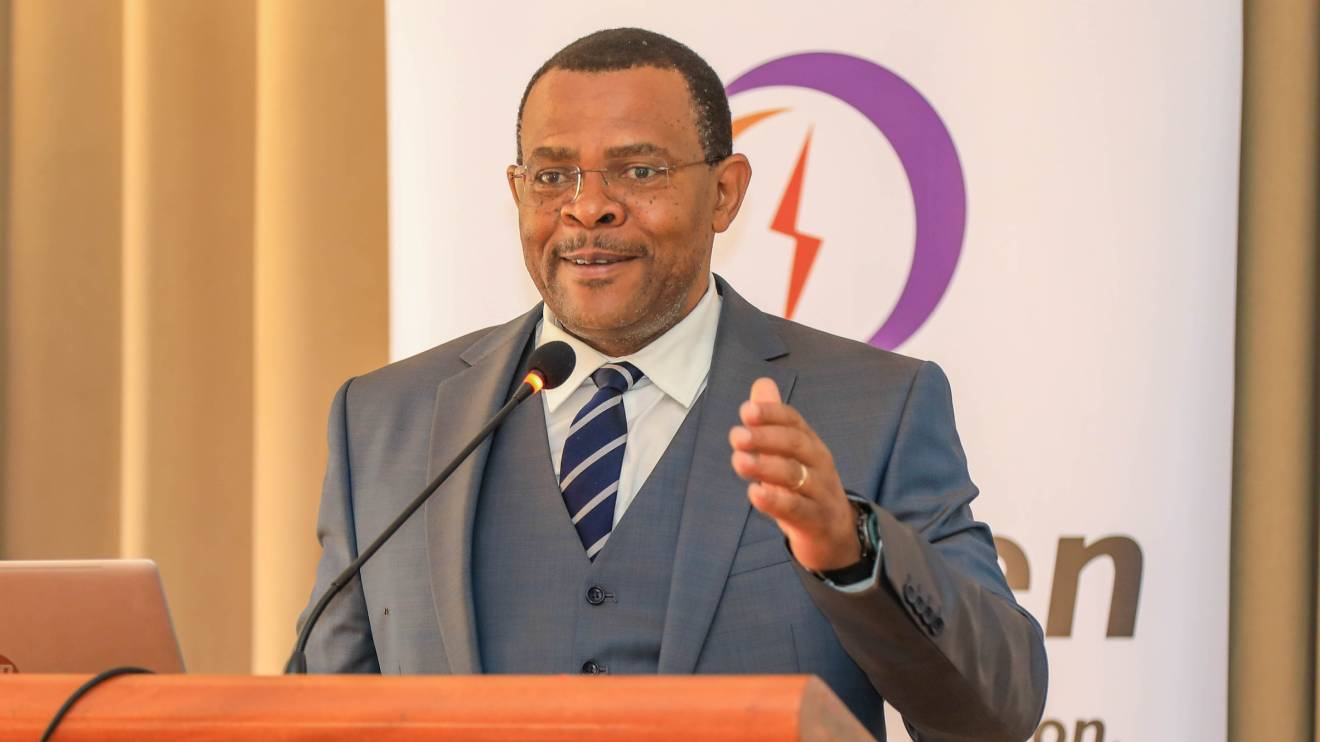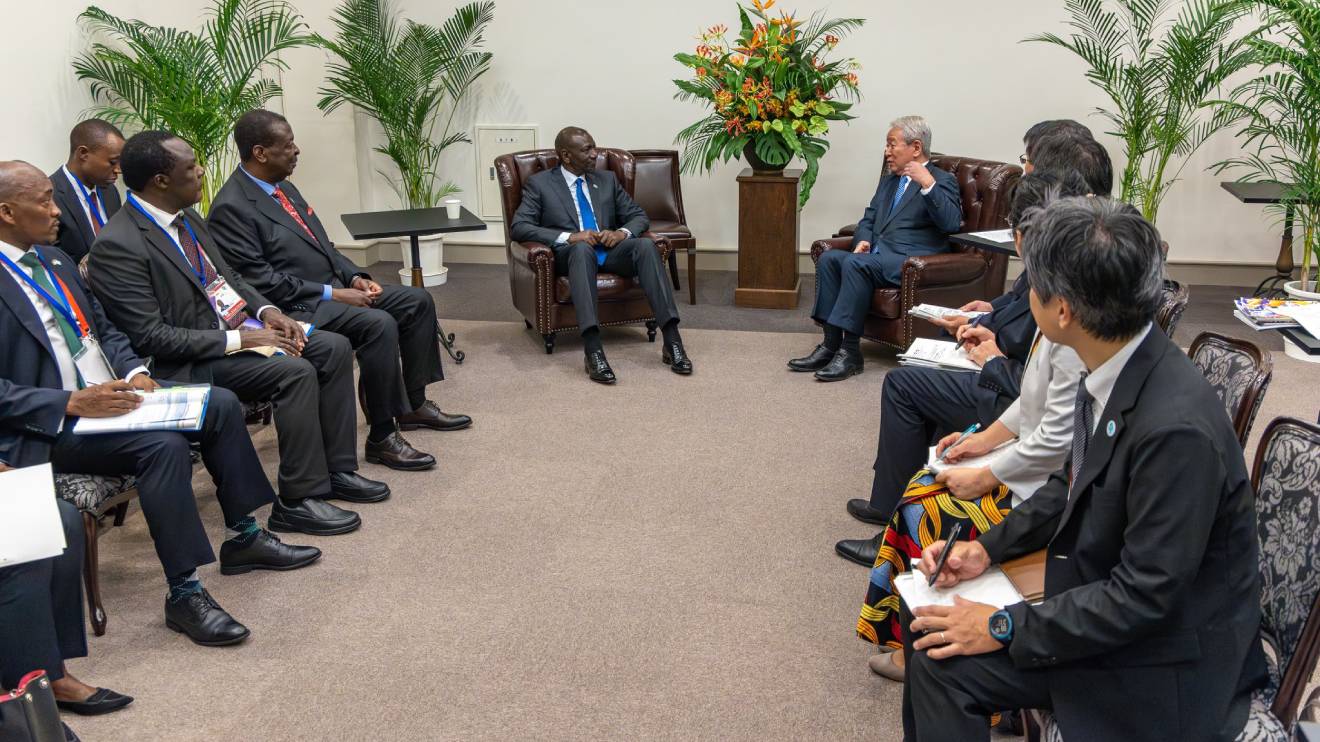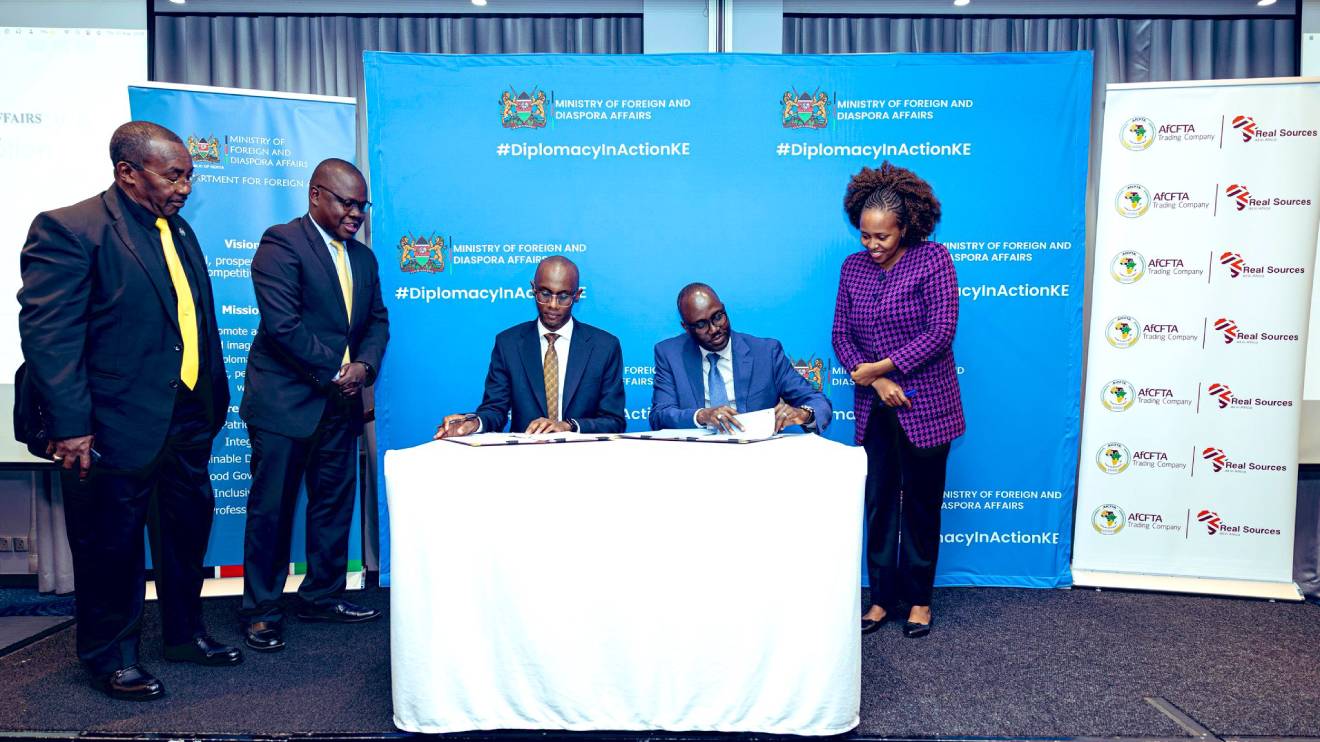Kenya Electricity Generating Company (KenGen) has promised that it is putting in place effective water management practices to ensure stable electricity supply and prices for consumers despite the country’s decreasing rainfall.
The energy company says it is applying a strategic approach to managing its dams along the Tana River to maintain hydroelectric power (HEP) generation, safeguarding the nation’s energy supply and affordability.
KenGen’s managing director, Engineer Peter Njenga, emphasized the importance of the Seven Forks Hydroelectric Complex in regulating water levels and ensuring consistent power generation.
“Kenyans should be happy to know that the hydro generation has remained strong, helping to stabilize the cost of power and the various roles of the Seven Forks Hydroelectric Complex, which, as we have said before,” Njenga stated.
As the dry season approaches, KenGen’s robust water management program will continue to release water from the five large dams along the Tana River, ensuring a steady flow and maintaining hydropower output.
Read More
The company’s latest data shows that water levels across the Seven Forks dams remain high, with Masinga Dam, the largest reservoir, at 1,055.00 meters above sea level.
Engineer Njenga reiterated that KenGen’s strategic management of these reservoirs has prevented severe water shortages and cushioned Kenyans against potential electricity price fluctuations during dry periods.
Additionally, the company’s diversified energy mix, including significant geothermal capacity, has played a crucial role in maintaining grid stability and powering the country during times of reduced hydropower output.
“We are working around the clock to ensure that Kenyans continue to receive a reliable supply of power,” Njenga said.
“Our hydropower plants, particularly those in the Seven Forks, are doing much more than generating power; they are regulating the flow of the Tana River and ensuring water availability for millions of people.”
KenGen’s geothermal plants, which are not dependent on rainfall, provide steady baseload power to the national grid, offsetting the low hydropower generation and ensuring grid stability.
Geothermal energy, now contributing nearly 40 per cent of power consumed in Kenya, is a key part of the country’s strategy to address climate change by reducing reliance on hydroelectric power.
By leveraging geothermal energy, KenGen is not only meeting demand but also supporting Kenya’s climate action goals through clean and renewable energy generation.
“Our long-term strategy is to build resilience against climate change impacts by increasing our geothermal capacity and investing in more sustainable energy solutions,” added Engineer Njenga.
“This approach aligns with Kenya’s commitment to climate action under the Paris Agreement and the country’s Vision 2030 development agenda.”










